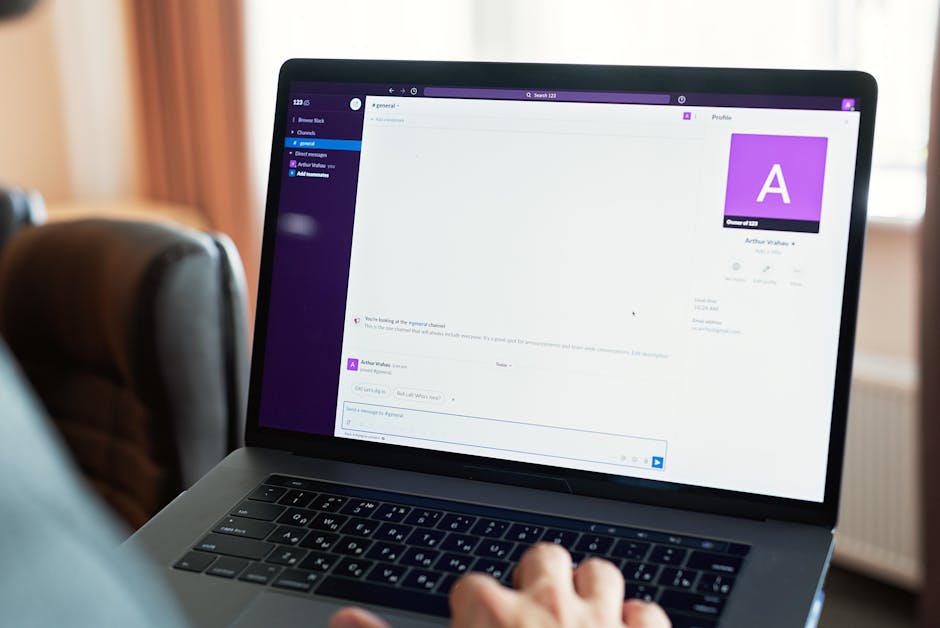Picture two doors for sharing sensitive files. One says “Cloud Drive.” The other says “Data Room.” They look similar from a distance, yet they serve different jobs. Pick the wrong door and you risk version chaos, weak oversight, or leaks during high-stakes transactions. Pick the right one and your reviewers move fast, every click is tracked, and nothing escapes the perimeter.
Quick definitions
- Cloud drive: General file storage and collaboration for everyday work. Think Google Drive, Microsoft OneDrive, Dropbox, Box. Built for productivity and broad sharing.
- Virtual data room (VDR): A controlled workspace for disclosing confidential documents to external parties during M&A, fundraising, tenders, clinical partnerships, or large audits. Examples on the market include iDeals, Intralinks, and Datasite.
Core difference: collaboration vs disclosure
A cloud drive shines for drafting, co-authoring, and ongoing team work. Permissions tend to be simple, links move quickly, and editors can comment in real time. That flexibility can turn into risk when dozens of external reviewers join a diligence process.
A VDR is designed for managed disclosure. You load finalized packs, gate every folder with granular permissions, watermark content, and record a full audit trail. Reviewers move through a curated index instead of a loose folder sprawl. Q&A tools keep sensitive clarifications inside the room.
Security posture: what you can prove
Cloud drives usually offer robust security baselines, including encryption in transit and at rest, plus enterprise identity options. Strong, yet optimized for broad collaboration.
VDRs emphasize provable control. Typical features include:
- Granular, role-based access down to document or page level
- Dynamic watermarks tied to user identity
- Disabled downloading/printing with optional secure viewer
- Remote revoke of access to shared files
- Detailed audit logs of every view, search, and export
- Structured Q&A with workflows and redaction support
These controls map cleanly to established security frameworks you may already follow. Organizations often align disclosure workflows with ISO/IEC 27001-style controls for access management and logging. For quick background on that framework, see the ISO overview: https://www.iso.org/isoiec-27001-information-security.html. For a broader governance view, NIST’s Cybersecurity Framework library remains a helpful reference point for risk-based control selection: https://www.nist.gov/cyberframework.
When a cloud drive is the right pick
Use a cloud drive when the goal is speed and collaboration during drafting or routine operations:
- Internal co-authoring of models, memos, or pitch decks
- Live document editing with comment threads
- Departmental knowledge bases and working folders
- Lightweight vendor sharing for non-sensitive assets
- Automation hooks with office suites and chat tools
If you enable enterprise features like SSO, device policies, and domain-restricted sharing, a cloud drive can cover a wide set of day-to-day needs.
When a data room is the right pick
Switch to a VDR when you must prove control and preserve evidentiary history:
- M&A and minority investments where leak risk is material
- Private placements or fundraising with staged access by bidder group
- Large audits or cross-border reviews where jurisdiction matters
- Litigation holds and disclosure with redaction and immutable logs
- Commercial tenders that require fair, traceable document access
Here the value is less about editing and more about clean, controlled disclosure with a defensible record.
Feature comparison at a glance
Access control
- Cloud drive: folder or file sharing with link settings, group policies, and basic expiration.
- Data room: role matrices, time-boxed access, IP restrictions, view-only modes, dynamic watermarking.
Auditability
- Cloud drive: activity logs for admins, often broad in scope.
- Data room: deal-grade audit trails for every open, download, or search, exportable as evidence.
Document protection
- Cloud drive: standard download controls and viewer permissions.
- Data room: secure viewer, print/Download disable, page-level tracking, bulk redaction support.
Process tools
- Cloud drive: comments, tasks, versioning for drafting.
- Data room: Q&A workflow, bidder group isolation, staged disclosure, analytics on reviewer behavior.
Onboarding reviewers
- Cloud drive: frictionless links, ideal for teammates and vendors.
- Data room: structured invites, NDAs, and strict identity checks to maintain perimeter integrity.
Practical handoff: from drafting to disclosure
A common pattern works well:
- Draft in a cloud drive. Use Google Docs or Microsoft 365 for speed. Lock versions when content stabilizes.
- Package to a VDR. Move final PDFs, spreadsheets, and exhibits into the data room. Build a logical index for reviewers.
- Stage permissions. Create bidder groups or auditor cohorts. Assign least-privilege access to each section.
- Run Q&A inside the room. Keep sensitive clarifications contained. Avoid back-channel email threads.
- Report from the audit log. Provide regulators, boards, or deal leads with reviewer activity evidence.
If secure document storage for external reviewers sits at the center of your use case, place the policy and feature emphasis there. For Hebrew-language guidance on secure storage for businesses, see the Israeli resource: https://dataroom.co.il/אחסון-מסמכים-מאובטח-לעסקים/
Cost and ROI
Cloud drives generally price per user with large storage pools, which suits ongoing collaboration. VDRs often price by data volume, user bands, or deal period. The ROI case for a VDR shows up in saved deal time, fewer leakage avenues, faster Q&A closure, and a clean compliance trail that avoids rework.
Decision checklist
Choose a cloud drive if:
- You need live co-authoring and rapid iteration
- Reviewers are mostly internal
- The material is working grade or low sensitivity
Choose a data room if:
- External disclosure must be controlled and traceable
- You need watermarking, page-level tracking, and exportable logs
- Multiple bidder groups must stay isolated
- Regulators, boards, or counter-parties expect an auditable record
Final take
Cloud drives keep teams moving during creation. Data rooms bring order and proof during disclosure. Many organizations use both in sequence, shifting from drafts to a locked VDR when the stakes rise. Start by mapping your reviewers, sensitivity, and evidentiary needs. The answer usually reveals itself once you ask, “Do I need speed, or do I need verifiable control?”

